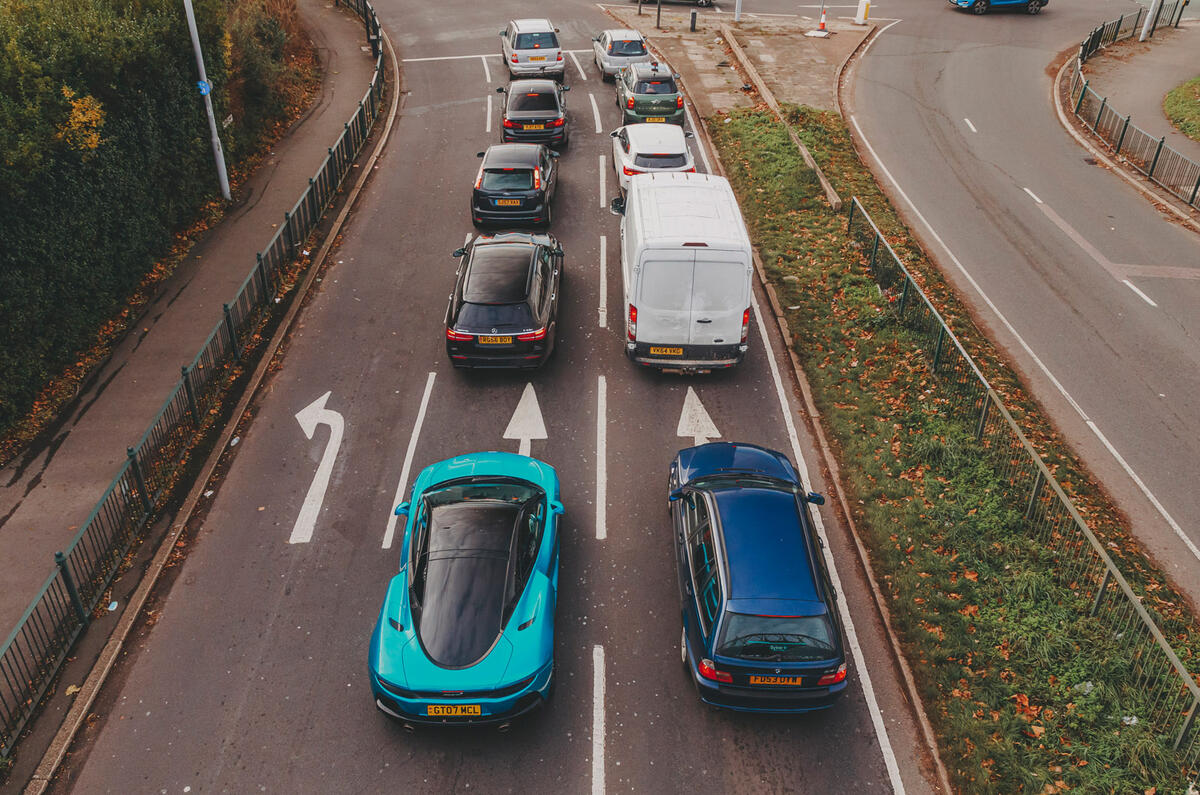So that’s it, then: with a McLaren SUV on the cards, the last bastion of sports cars has finally fallen.
The numbers are hard to ignore, as we’ve reported many times. But I feel that with this news, there’s hope we’re not all going to hell in an SUV-size handcart – because of all the sports car companies, McLaren could be the best placed to maintain the strongest link between what made it famous and what will now allow it to survive.
I say this from a position of experience, having spent 24 hours in (and slept in) a McLaren GT recently. Lifestyle ambition met the cold truth of sports car seats, and my back hasn’t been the same since. But the experience was interesting in what it tells us about McLaren’s attitude. This isn’t a firm that lets the practical reality get in the way of delivering what it believes will be the best car.
McLaren wants to give you a grand tourer, but it refuses to let go of some of its character traits, so it’s still mid-engined and still has dihedral doors. Both of these compromise what could otherwise be an excellent grand tourer.
And yet the way it handles down a flowing back road makes all those discomforts melt away. The steering is a particular highlight. It’s still hydraulic, despite the compromise with fuel economy, so it’s beautifully fluid and engaging with the sort of natural feedback that even the best electrically assisted setups have yet to match.
If the McLaren SUV can maintain the same duality of ride comfort and superb steering (and that same obsession of sweating the details), it could quite easily deliver a McLaren lifestyle.
I will miss Woking’s dogged refusal to follow the clichéd path, but here’s hoping an element of that sheer bloody-mindedness survives the SUV transition.




Join the debate
Add your comment
Maybe the word Supercar is outdated?, with the advances in car design and what drives the Wheels you can have a Hatchback with 400+ hp up to, well, it seems there no limit at the moment, 1800+hp , 700hp seems to be the sweet spot at the moment, so the shape doesn't really need to be Supercar shaped.